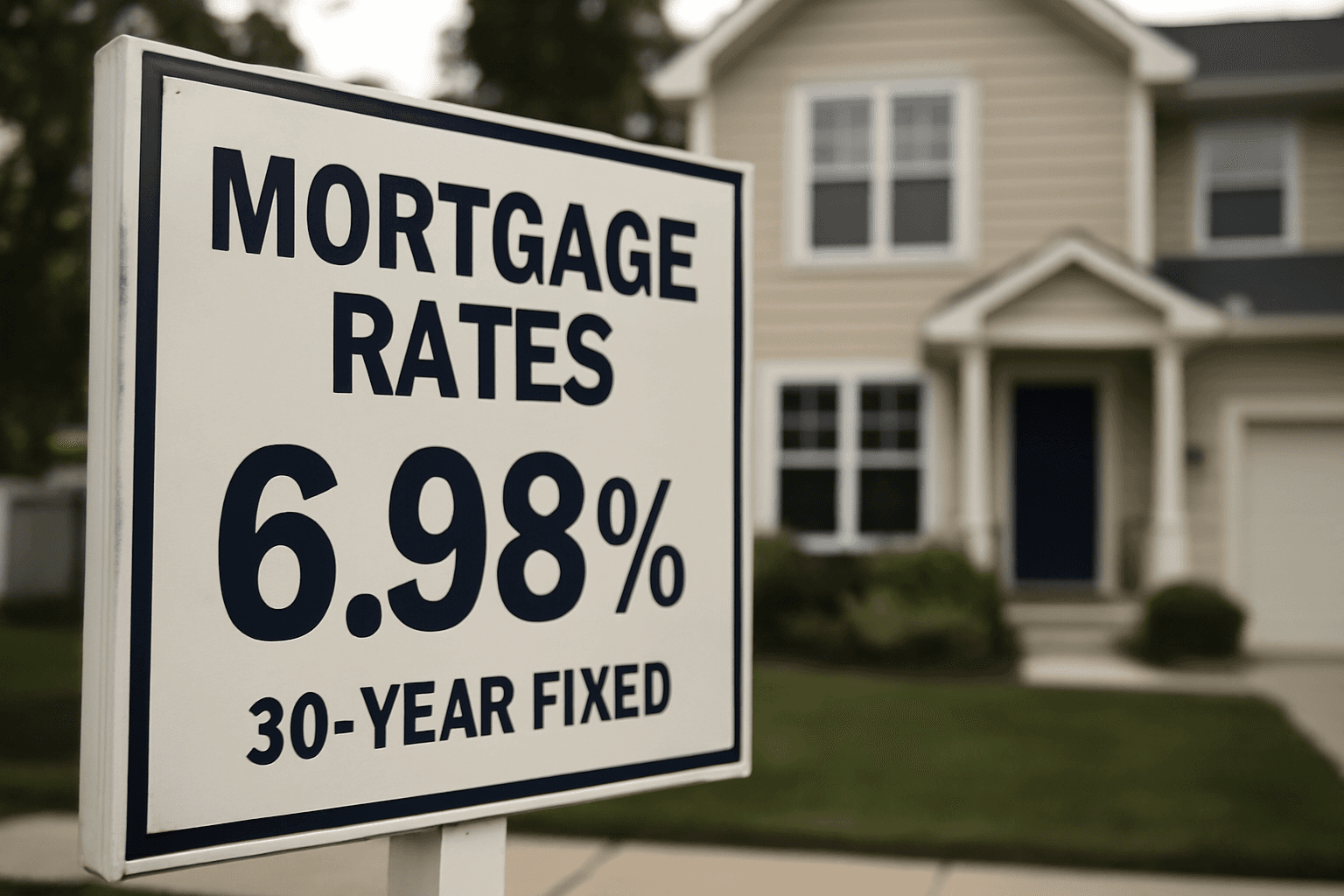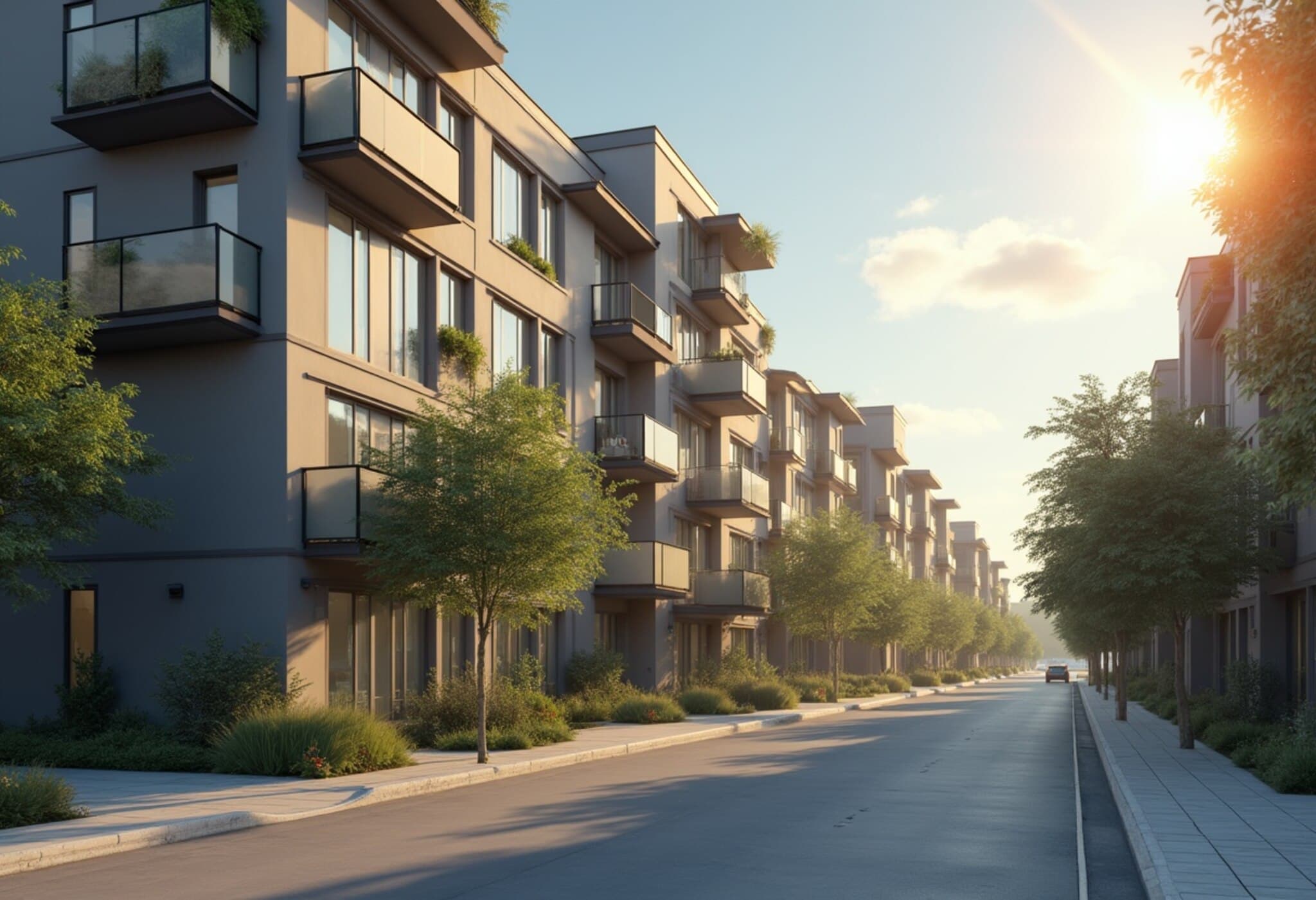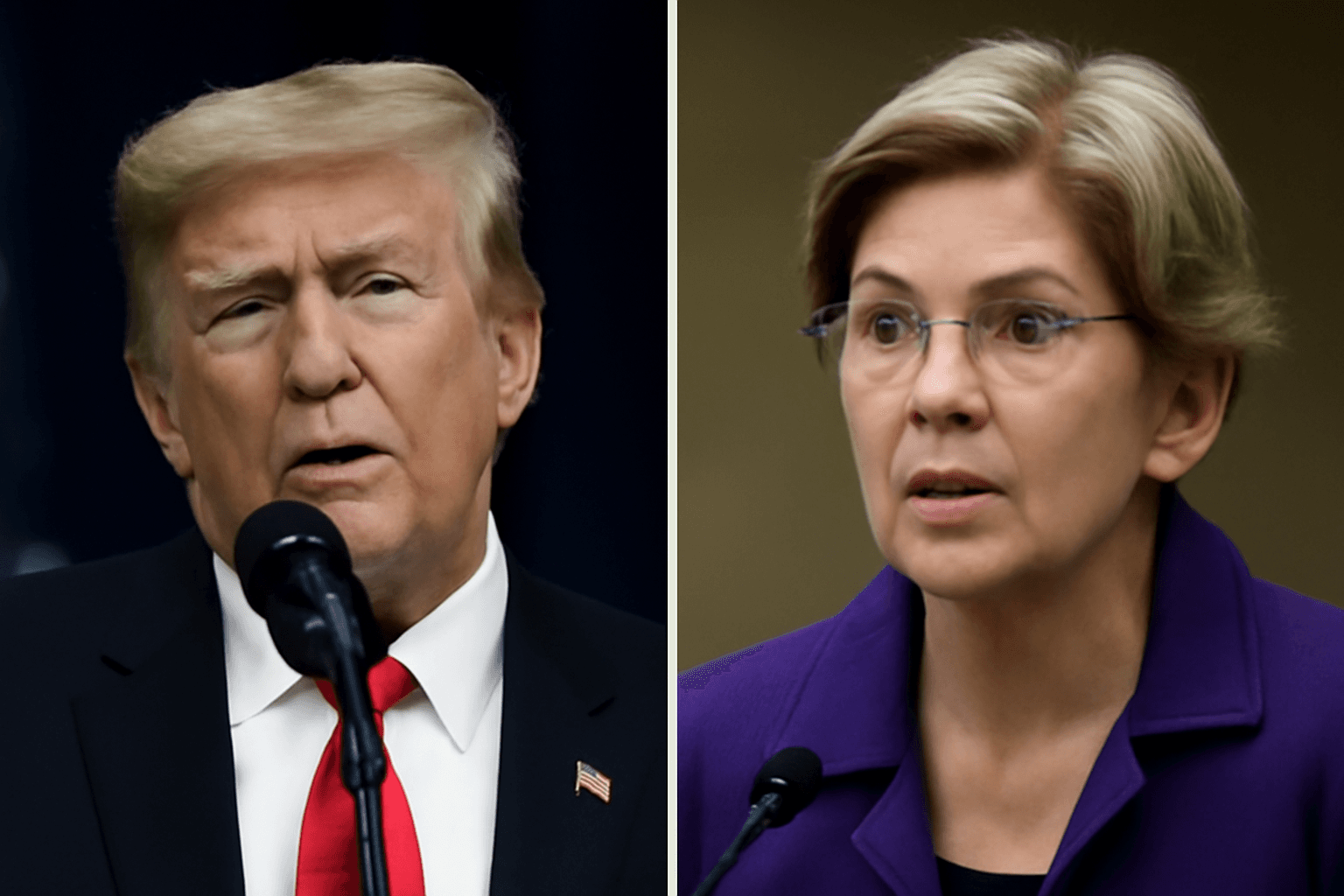Mortgage rates climbed to their highest point since January, yet homebuyer demand continued to rise, defying expectations amid economic uncertainty.
According to the Mortgage Bankers Association (MBA), the average contract interest rate for 30-year fixed-rate mortgages with conforming loan balances (up to $806,500) increased from 6.92% to 6.98% last week. Simultaneously, points paid on such loans, including origination fees for borrowers with a 20% down payment, decreased slightly from 0.69 to 0.67.
Despite the uptick in rates, mortgage applications to purchase a home rose by 2% week-over-week and were 18% higher than the same week a year ago. This growth is attributed in part to increased housing inventory in various markets, which has helped sustain transaction volumes despite broader economic unease.
However, refinance applications were more sensitive to rate increases, declining by 7% last week. Even so, refinancing activity remains 37% above year-ago levels. Breakdown data shows conventional refinances fell 6%, while VA refinances dropped 16%.
Joel Kan, an economist with the MBA, said, "Purchase applications were up over the week and continue to run ahead of last year's pace as increased housing inventory in many markets has been supporting some transaction volume, despite the economic uncertainty."
At the start of this holiday-shortened week, mortgage rates edged slightly lower following a mixed monthly economic report. The Consumer Confidence Index exceeded expectations overall, but labor market concerns within the report contributed to easing rates as weaker labor data typically drives mortgage rates down. Mortgage News Daily's COO Matthew Graham noted, "The underlying bond market improved after that and several mortgage lenders issued revised rates in response."
In summary, while interest rates have risen to their highest level in months, strong homebuying demand persists, supported by growing inventory and fluctuating economic signals.











